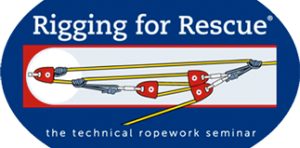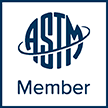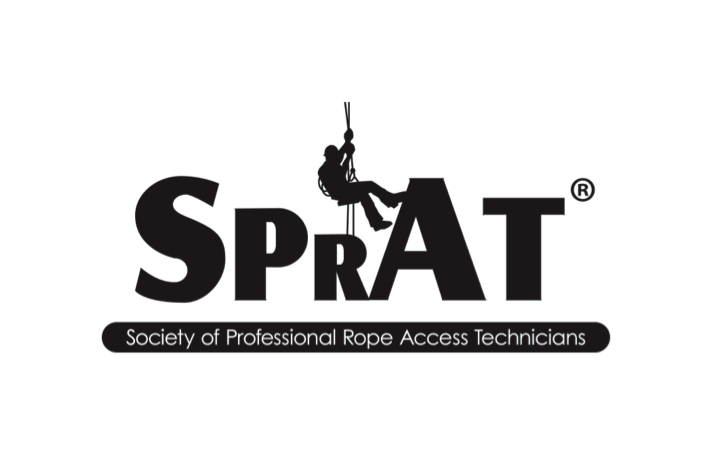Participant Handout
Denali NPS and 212th PJs in Alaska
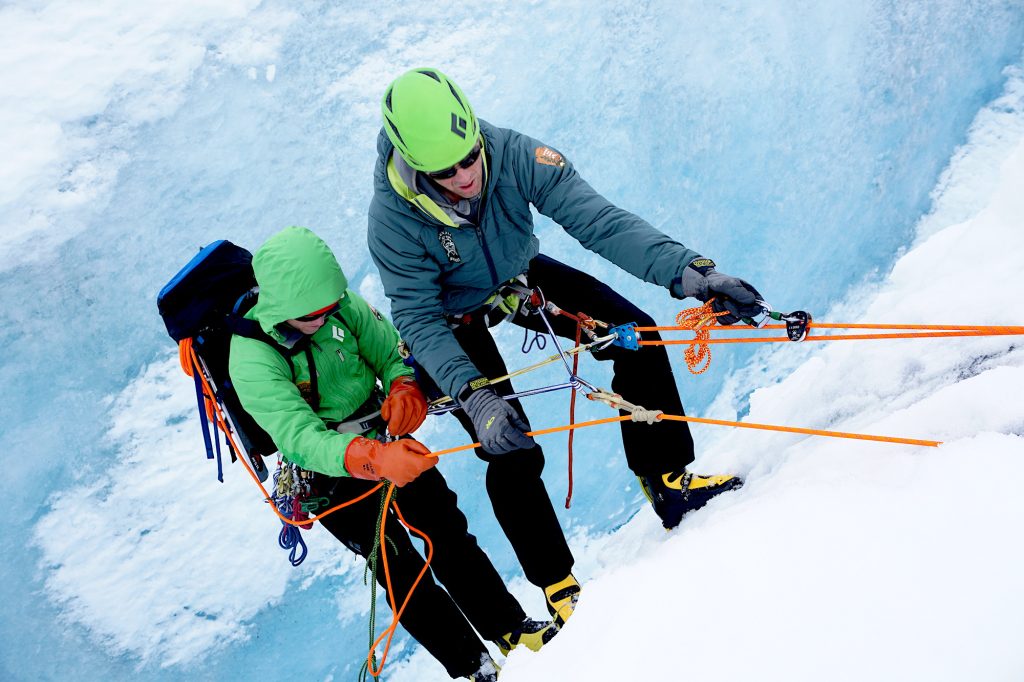
We just returned from our annual pre-Denali climbing season seminar with the ranger cadre from Denali NPS. The training also included a contingent from the 212th USAF Pararescue (PJs) based in Anchorage. The PJs regularly augment the Denali climbing ranger patrols and serve as rescue medics on the mountain during the climbing season of May/June.
58th RQS Ice Climbing & Rescue Workshop
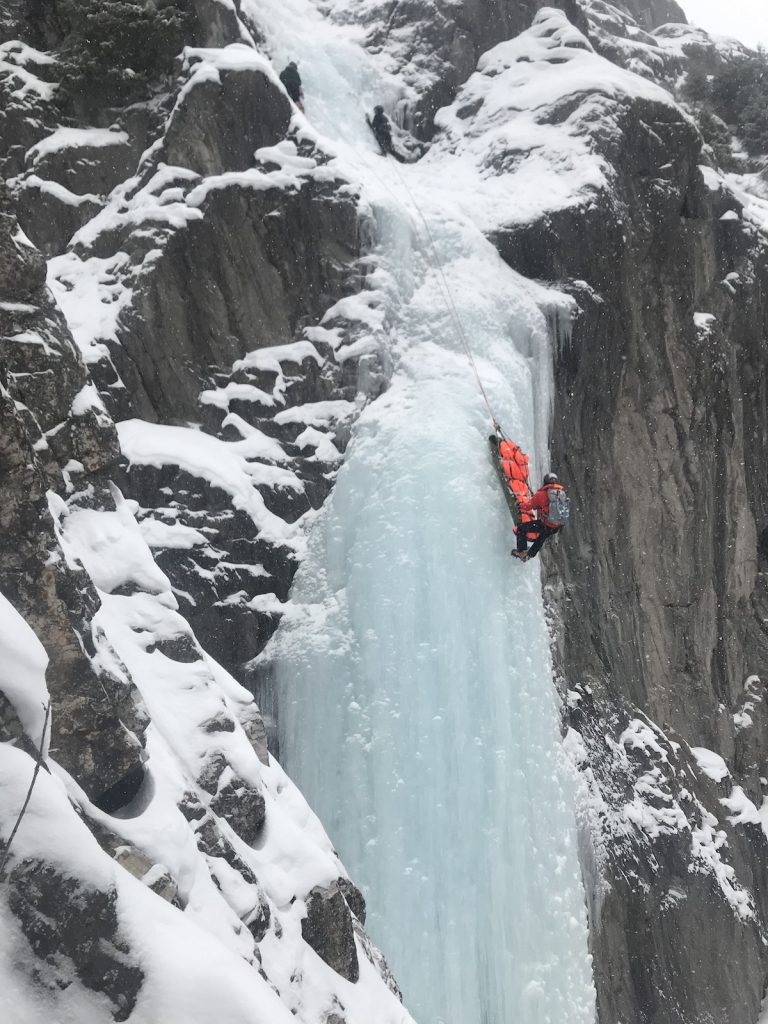
The 58th RQS USAF PJs recently joined us in Ouray for an ice climbing and rescue workshop. The PJs were training with Rigging for Rescue instructor/owner Mike Gibbs as well as senior instructor Jared Vilhauer. The workshop content included efficient movement on steep ice as well as various specialized rescue techniques germane to the waterfall ice medium and small team approaches. The program culminated in a team rescue on a multi-pitch ice route involving lead climbing, station transitions, knot passes, and egress via v-thread anchors. Team members worked together to lower an “injured climber” down a 3-pitch route in a stretcher. Ice conditions were outstanding for the duration of the workshop. Ouray, Colorado is a one-of-a-kind venue for instructing these high angle waterfall ice workshops. Terrain options include the world renown Ouray Ice Park as well as high quality backcountry ice climbs. There is still some room in the February 17-22 Waterfall Ice Climbing & Rescue Workshop and registration is available on our website. In addition, Rigging for Rescue can provide custom courses to fit your specific needs. Please contact us for additional information.
Khumbu Climbing Center – Advanced Rescue Course
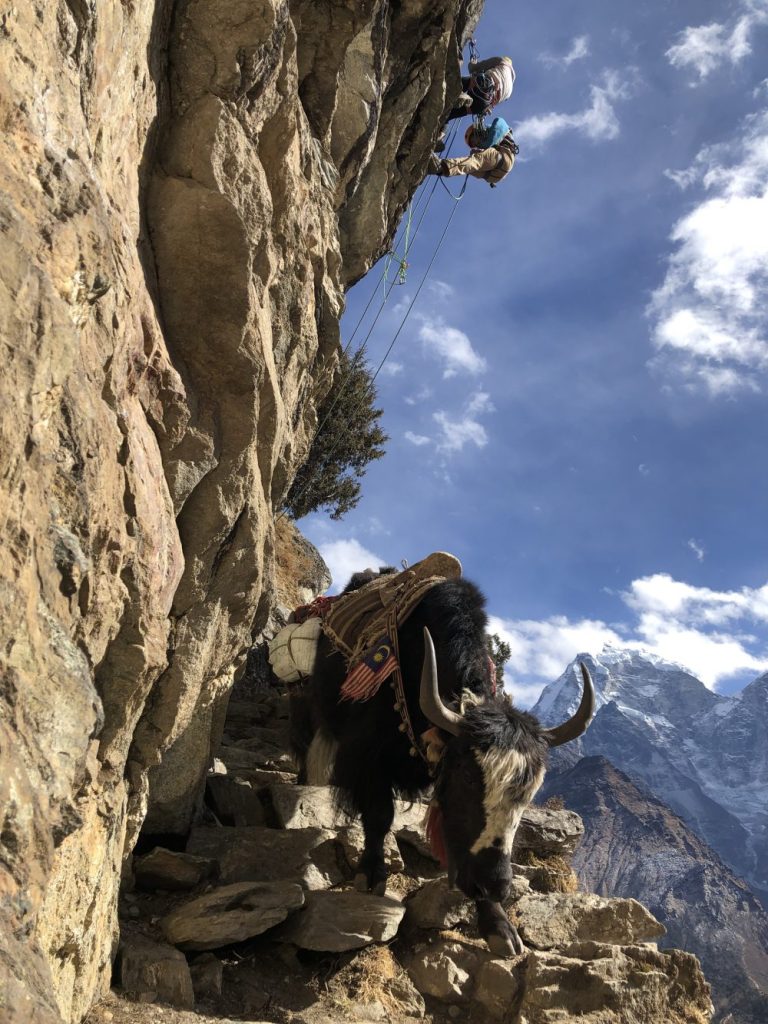
Rigging for Rescue instructors are in Nepal, training the Sherpa climbing guides at the Khumbu Climbing Center (KCC). The KCC is located in the village of Phortse. Rigging for Rescue instructors have been volunteering time to support the KCC mission in providing education to the Sherpa guides. This year, the participants at the KCC are learning advanced rescue techniques that they will use while working on Everest and Ama Dablam as well as other objectives in the Khumbu. The rescue techniques are an essential skill for the Sherpa to have while traveling on steep rock and ice covered terrain. The Sherpa are the primary source of rescue response in the Khumbu region. The skills they are learning will allow them to effectively lead and organize a rescue effort while keeping themselves and others from further harm. Rigging for Rescue instructors are privileged to work with this exceptionally selfless group. We look forward to more opportunities to train with the KCC participants in the future.
DCTTRS – Critical Analysis
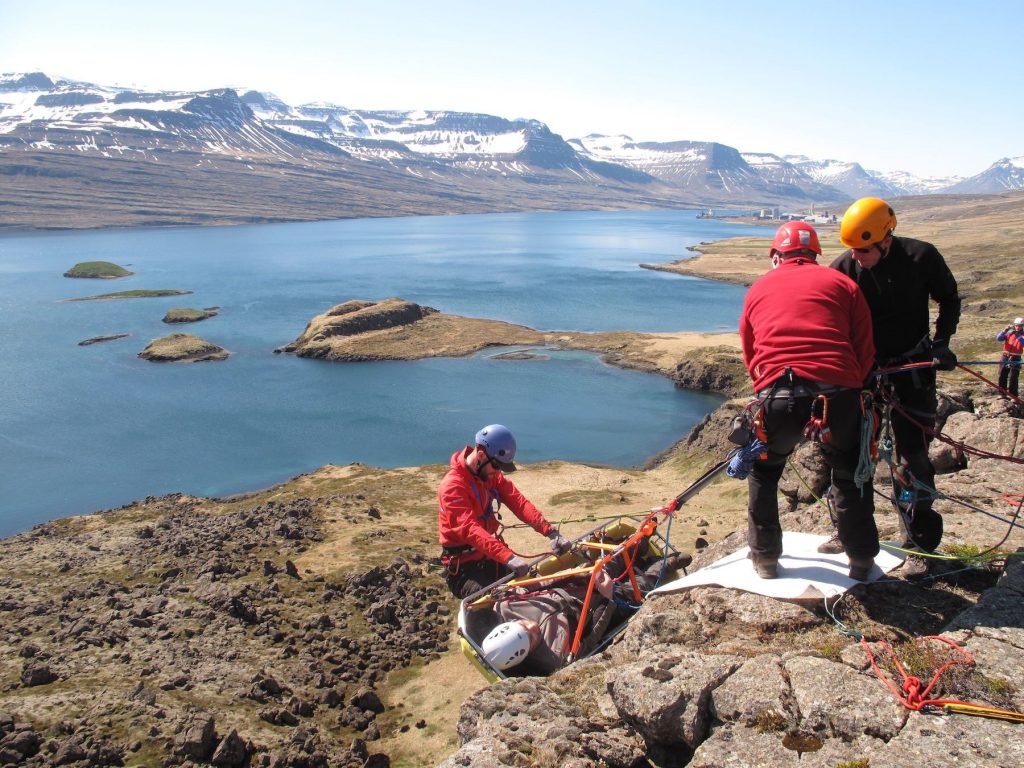
Two Tension or Not to Tension Much Ado About 4 Meters Abstract: Technical rope rescue has had a long, rich history of healthy debate and disagreement regarding device selection as well as techniques. A current debate that generates robust discussion involves the similarities and differences between Dual Capability Two Tensioned Rope Systems (DCTTRS) and Single Main, Separate Belay (SMSB) rope management approaches. Our intention here is to employ a Systems Analysis approach to evaluating these systems. We will offer detailed critical analysis, citations from testing and other literature, and personal observations as trainers and rope rescue practitioners. We will demonstrate and anticipate that the reader will agree that: • The differences between DCTTRS and SMSB are minor, albeit still important • The similarities are numerous Additionally, we will provide a summary of the key catalysts that drive decision making for choosing one approach versus the other. Our rope rescue training seminars are well regarded for their depth and breadth of inquiry. We cover this topic in great detail in nearly every one of our training events – but you have to be in attendance to benefit. Due to the large number of email and phone-based inquiries for clarification on the key talking points of the debate, we felt that it was time we provided a written position on the subject matter. Ultimately, we seek to provide you with some critical analysis and clear methods to better answer the question: Two Tension or Not To Tension? And we intend to demonstrate that the ongoing debate in the rope rescue community between DCTTRS and SMSB is truly Much Ado About 4 Meters.
Stairway to Heaven SAR exercise
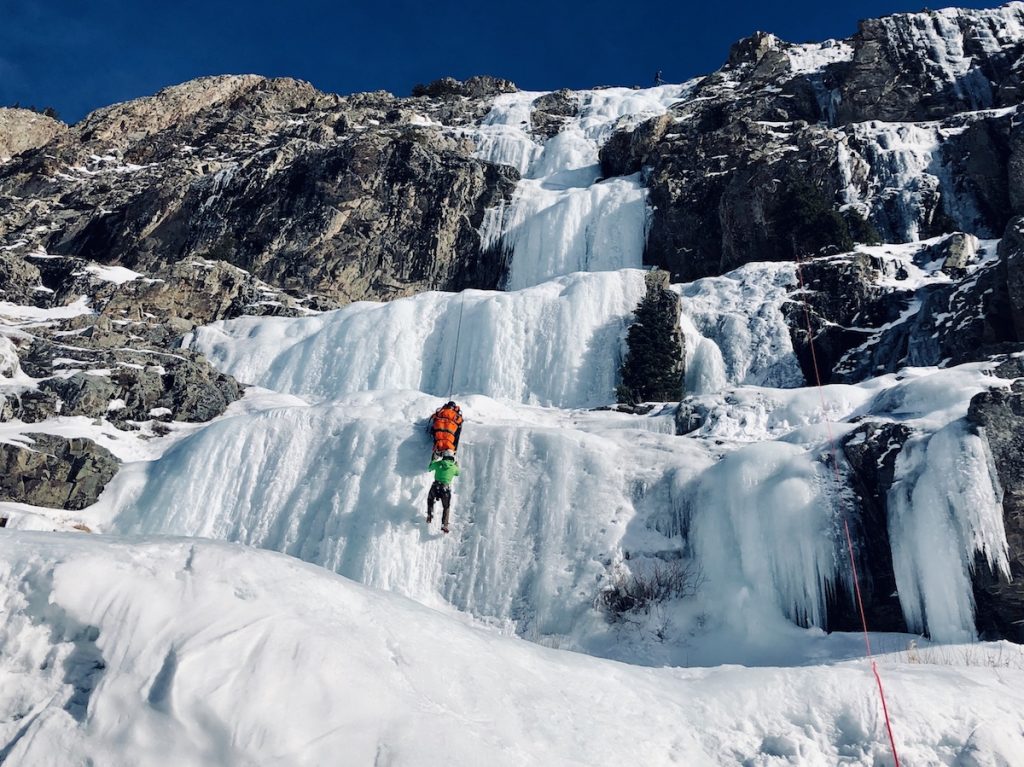
This past weekend, a multi-agency SAR training exercise convened on the classic SW Colorado multi-pitch ice climb, Stairway to Heaven. The scenario was designed as a pre-plan training for what would be a very challenging access/egress of an injured ice climber high on the route. A small hasty team of five climbers led and followed four pitches of ice climbing to gain a platform below the final pillar of ice. From there we packaged our mock patient in a litter complete with vacuum mattress and insulation – all of which were hauled up the route by the access team. Two long lowers – complete with knot passes and station transitions – brought us to the base of the technical ice terrain. A team stationed near the base of the climb then transitioned to a long lowering operation to the edge of the gorge separating the ice climbing terrain from the road cut. This was followed by a rigged and waiting Kootenay Highline System across the gorge to the receiving party on the far side, where a snowmobile was positioned for egress to the ambulance. All told there were four different local SAR teams involved and over 25 participants. It was a great training exercise that challenged everyone involved. We strive to schedule some of these more involved multi-agency training projects from time to time. It always manages to reinforce the concept that you do not rise to the challenge, but rather sink to the level of your training.
Remote San Juan Ice Climbing
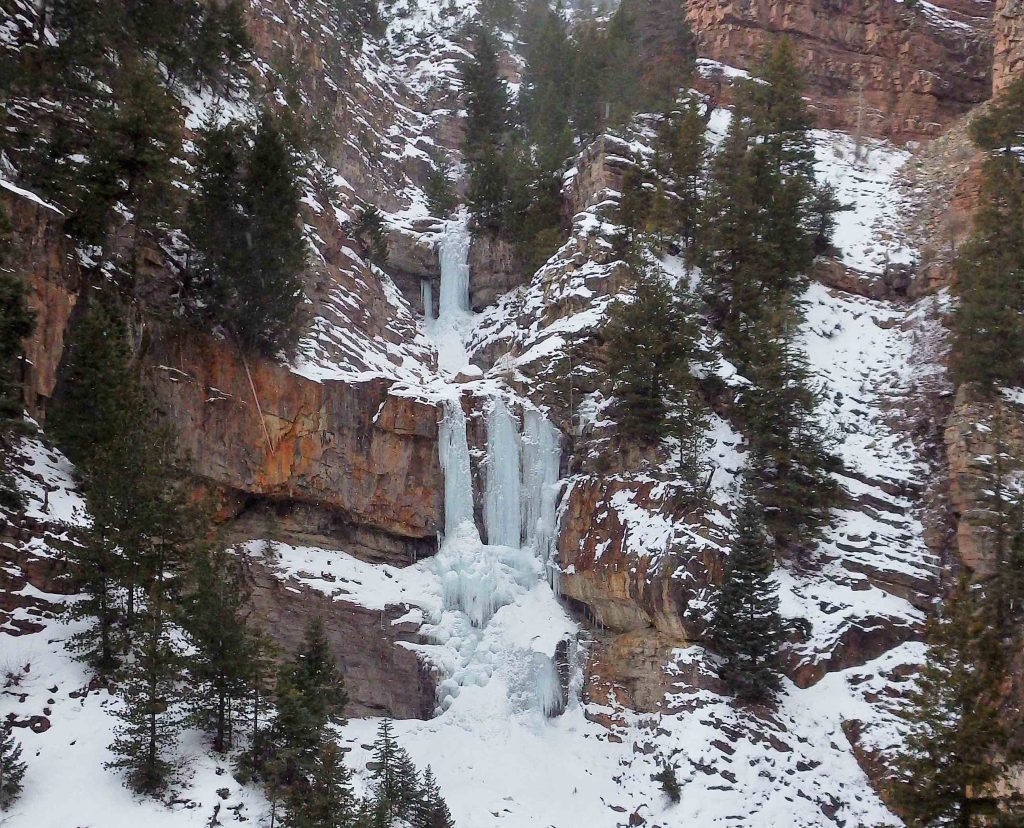
The early season ice climbing in the San Juan’s continues to deliver in spades! What a start to our winter. Frank and I visited an old stomping ground of mine and found just about perfect climbing conditions in a remote setting. My absolute favorite type of adventuring. One of the consistent conundrums of early season ice climbing is that the climbing tends to be the steepest and thinnest you will encounter all year. And this is coupled with bringing the weakest forearm grip of the year to the mix, as you are coming off the couch. I had one of my better “screaming barfies” episodes in a long while – good, clean suffering.
Ouray Ice Park – encouraging start to winter
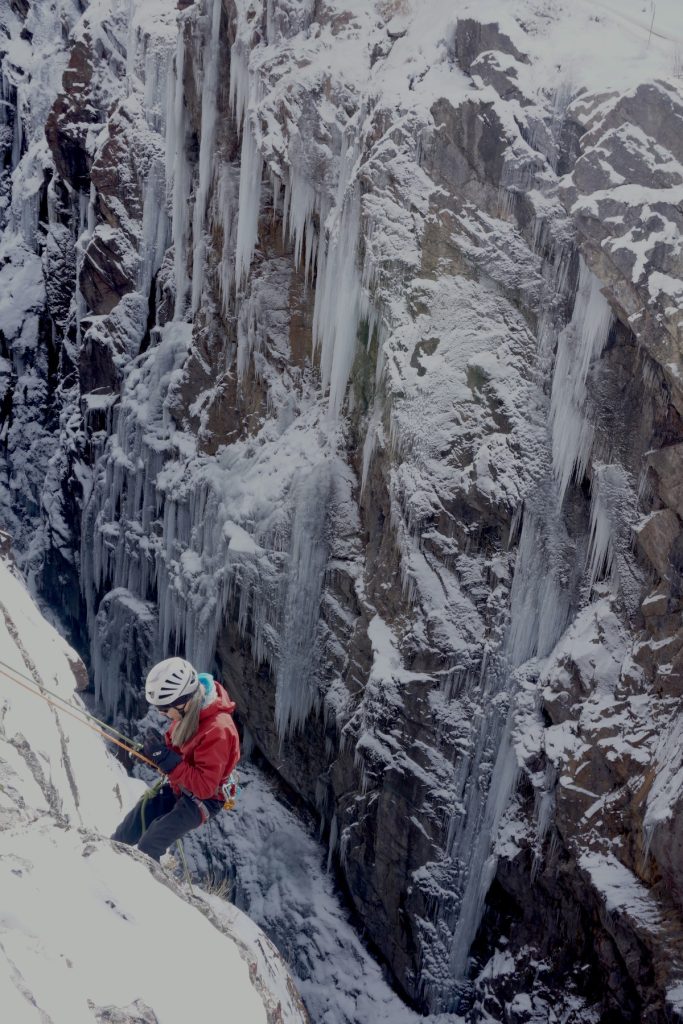
Winter has arrived early in our home base of Ouray, Colorado. The Ouray Ice Park Ice Farmers turned on the water system during the first week of November. The temps have been very favorable for ice-making. We had an overnight low of 6 degrees on Monday. These images were taken just a couple of days ago. There are sections of the Ice Park that look climbable right now. Rigging for Rescue conducted the annual Ice Farmers work-at-height safety training on Monday and Tuesday. The Ice Farmers have a very unique work environment requiring them to navigate slippery surfaces, high consequence terrain, and perform on-rope tasks such as chopping down suspect ice daggers. They need to be able to safely manage themselves as well as assist their co-worker in the event of an on-rope incident. The local non-profit that manages the Ouray Ice Park is fortunate to employ such a capable and dedicated crew! We will be hosting two RfR Waterfall Ice Climbing and Rescue workshops this winter. One in January and one in February. We cover movement skills on ice (i.e. climbing), companion rescue, and team-based rescue in the waterfall ice setting. A very niche training that exposes the participant to a wide range of techniques and best practices. Consider joining us for a week of climbing and ropework.
2019 Calendar Now Live
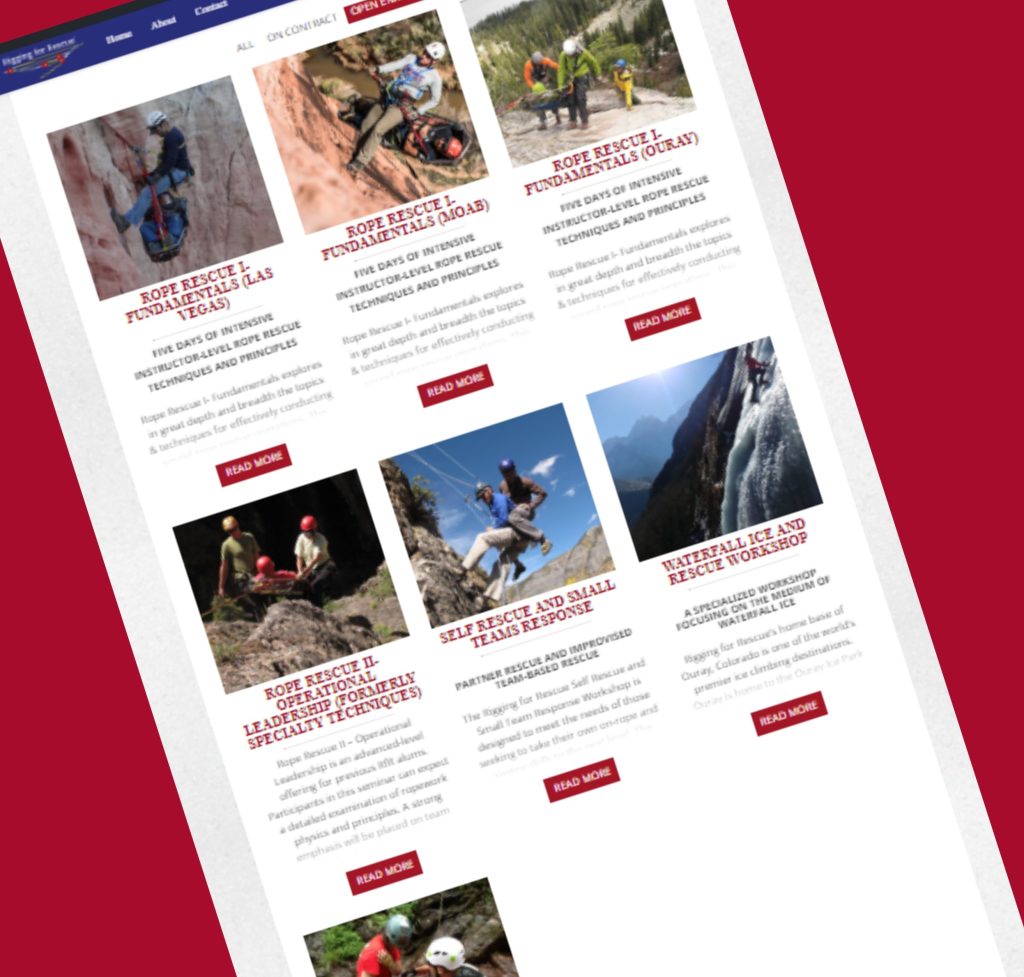
Rigging for Rescue is preparing for another great year in 2019! Our program calendar is now live on the Programs section of our website with open registration. Some notable changes to our lineup include a number of moniker adjustments. A few of the changes that can be seen are to our the Rope Rescue I – Fundamentals and the previous Specialty Techniques is now Rope Rescue II – Operational Leadership. Increasingly, there appears to be a greater desire for rope rescue education and training to be aligned with nationally recognized standards. While our typical curriculum has usually met or exceeded such standards, we felt it would be a good step forward to ensure our content, as well as the corresponding seminar names, to be representative of both NFPA and ASTM rope rescue standards. Participants attending Rope Rescue I – Fundamentals can expect the curriculum to include skills outlined in NFPA 1006-2017 edition, Operations Level for Rope Rescue. Additionally, the seminar content meets and exceeds the ASTM F2954 – Standard Guide for Training for Intermediate Rope Rescuer Endorsement. Rope Rescue II – Operational Leadership (formerly Specialty Techniques) curriculum will include skills outlined in NFPA 1006-2017 edition, Technician Level for Rope Rescue. Additionally, the seminar content meets and exceeds the ASTM F2955 – Standard Guide for Training for Advanced Rope Rescuer Endorsement. You can expect that the Rigging for Rescue hallmark traits of critical thinking, systems analysis, and tremendous depth and breadth of information, will be part & parcel of any program you attend. We look forward to seeing you at an offering in 2019!
Khumbu Climbing Center – Advanced Rescue Course

Rigging for Rescue instructors Dave Shuman and Philippe Wheelock recently returned from a month in Nepal, having volunteered their time to instruct the advanced rope rescue course for the Khumbu Climbing Center (KCC) in the village of Phortse. Phortse is in the heart of the Khumbu region of Nepal and is home to many Sherpa mountain guides operating on Mt Everest and Ama Dablam. In fact, there are more Everest summiters residing in Phortse than any other place on earth. The Khumbu Climbing Center was founded by Jennifer Lowe-Anker and Conrad Anker in memory of Alex Lowe. KCC continues to receive financial support and ongoing training expertise through the Alex Lowe Charitable Foundation http://www.alexlowe.org/the-khumbu-climbing-center/. Rigging for Rescue and its instructors have participated in numerous KCC events over the past decade. It is a tremendous honor to be able to collaborate with the KCC organizers and offer expertise in rope rescue techniques to a community of practitioners operating on the “roof of the world”. We are already planning a return visit for next year’s course offering.
